Despite Fawcett's lack of formal education, his house became a center of cultural activity. Fawcett had a strong interest in music and became friends with world famous musicians including Toscanini and Heifetz, who visited his home. He also kept company with a wide variety of artists, such as the famous English sculptor Jacob Eptsein, and embraced the latest modern art.
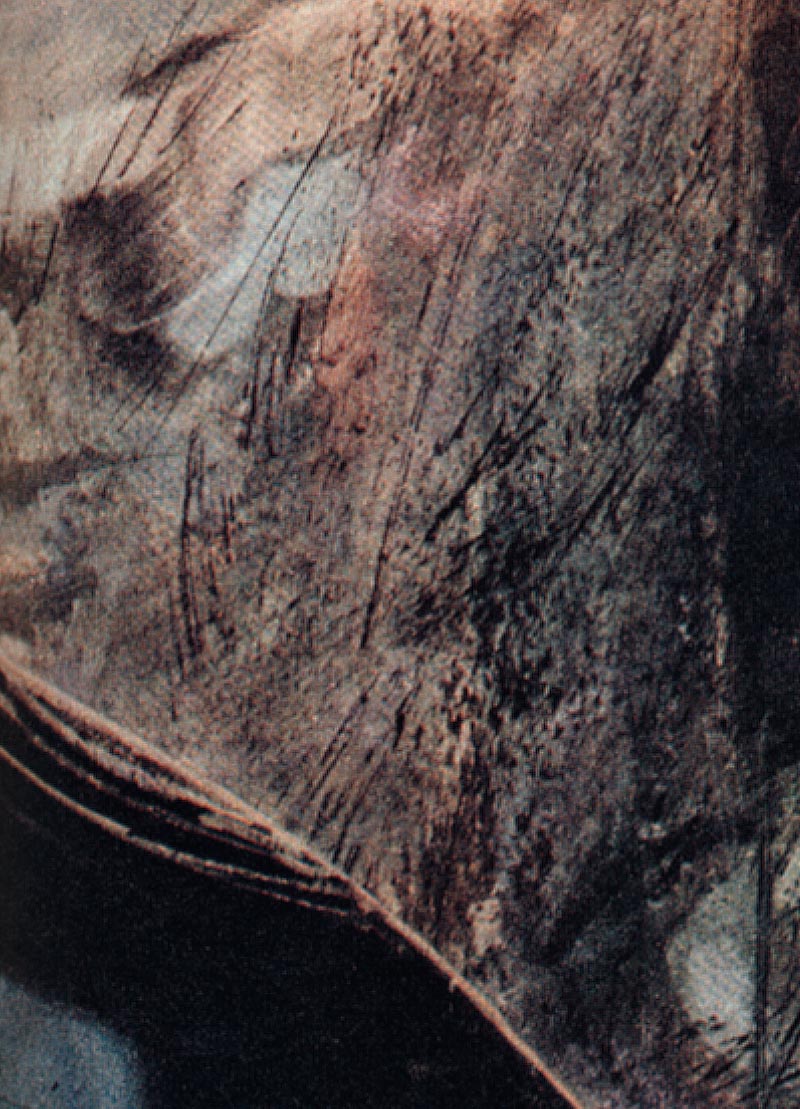
Original drawings by the abstract sculptor Henry Moore and the modernist painter Graham Sutherland hung on his walls.
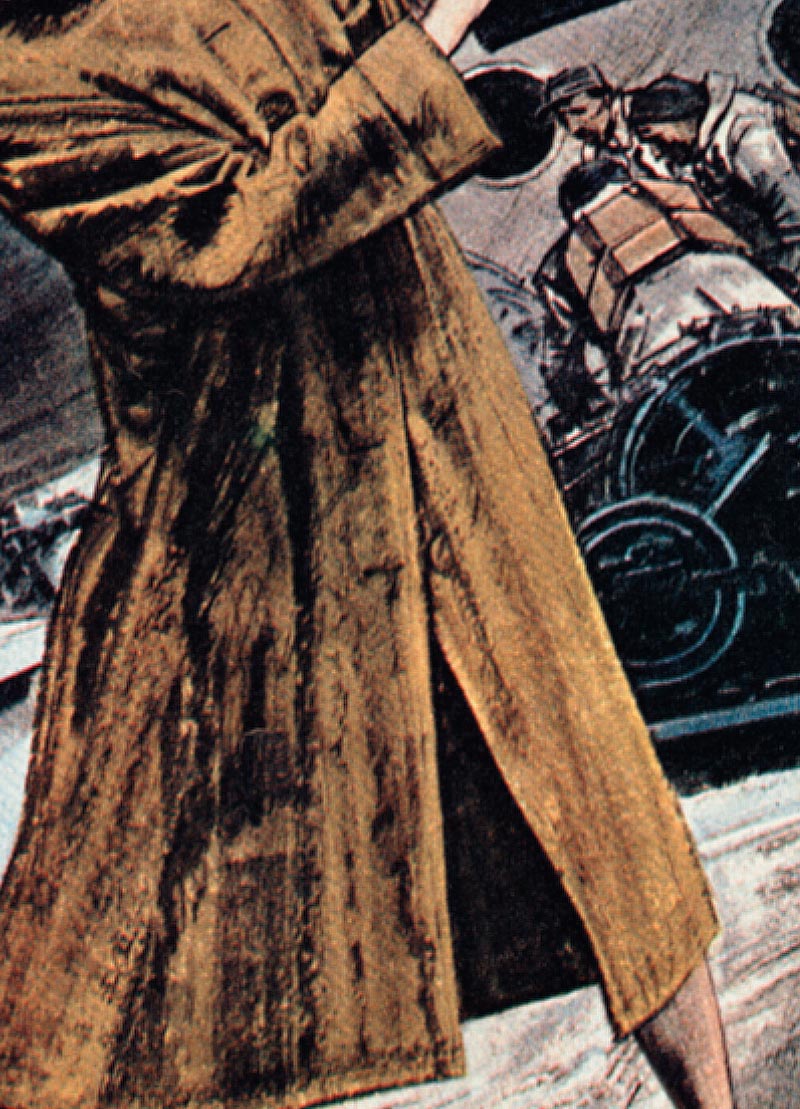
Fawcett believed this intellectually fertile environment was important to his development as an artist. He claimed that the greatest influence on his illustrations came not from visual arts but from opera. he also asserted that illustration was "more closely akin to theatre" than to gallery painting...

... because the primary function of the illustrator is to intrigue the viewer, "whether to intrigue the reader into starting a story..."
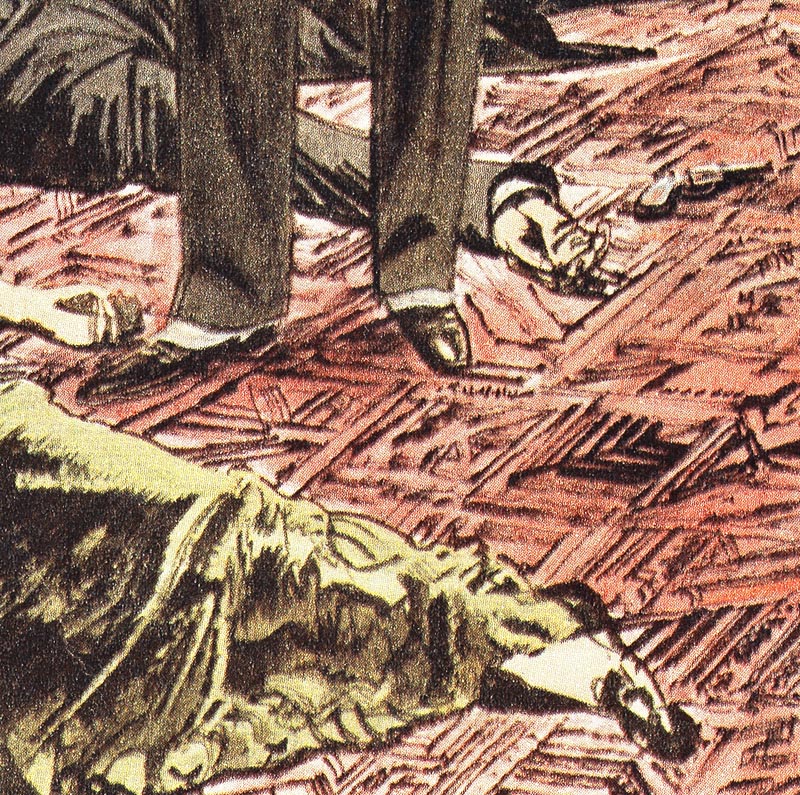
"... or intrigue the lady into a first-hand look at the garment."

He related music to the abstract designs that were the foundation of his "realistic" pictures.

As Fawcett finalized [his pictures], he went over the whole work again to make sure its design, composition and abstract qualities held together. "At any stage I am likely to pick up anything handy - some colored crayons, an old paint palette - and crudely rub in colour, articulating and highlighting this, setting the black."
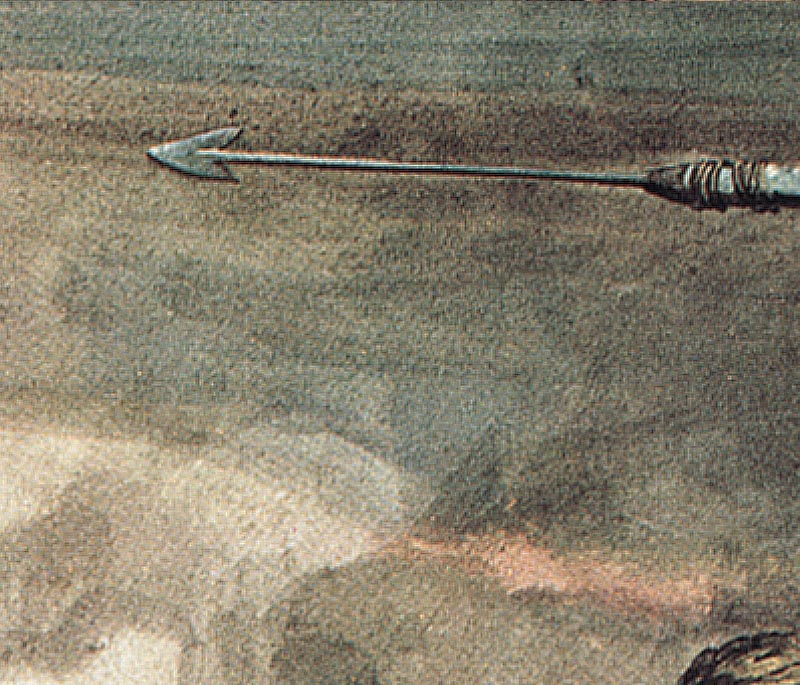
As he worked on an illustration, realistic details inevitably came into focus...
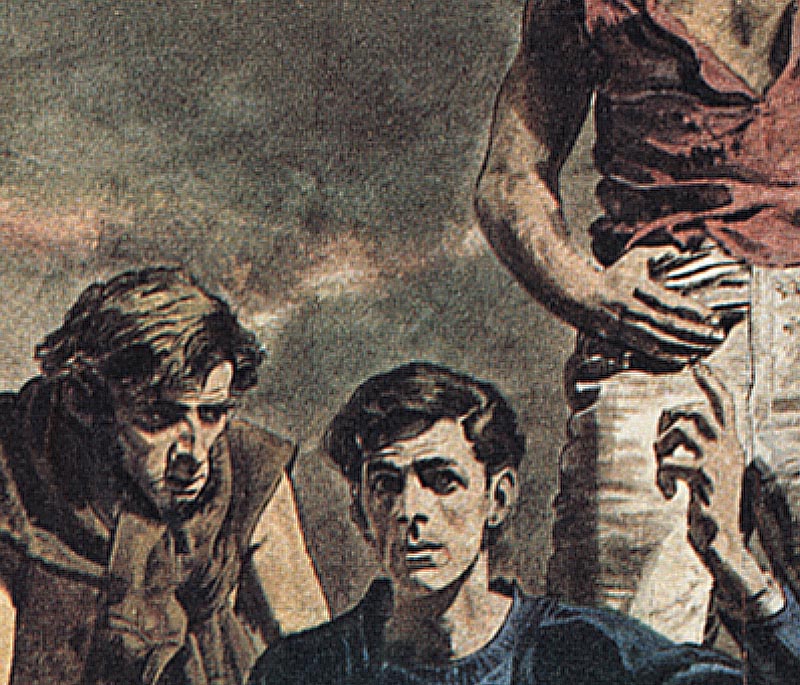
... but Fawcett always stressed that "the longer the idea can be considered in the abstract, the better."
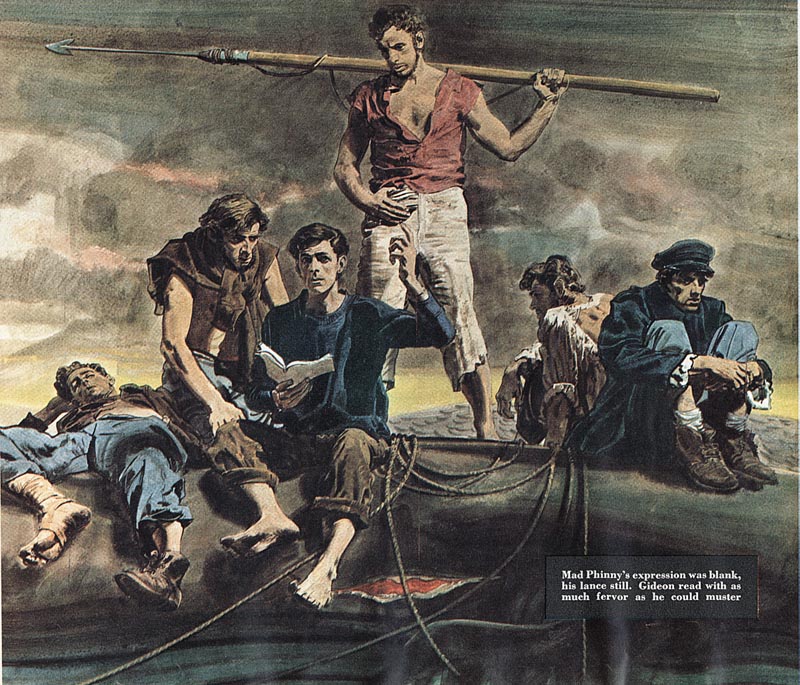
The new Robert Fawcett book is available now from Auad Publishing.

Thank you for a great blog; though I had a cursory awareness of these illustrators from the middle of the last century, your blog has been affording me an opportunity to learn about them more in depth. Wonderful!
ReplyDeleteLeif-
ReplyDeleteDoes the book say how he worked? He used colored inks right? Did he use a nib for his line work?
Thanks Astroluc; I love hearing that the blog is helping others learn about the great artists of the mid-century period. :^)
ReplyDeleteDaniel; David Apatoff does indeed describe Fawcett's work flow in great detail -- I'm planning on excerpting a passage about it tomorrow.
Here are a few of my personal observations regarding Robert Fawcett's illustrative work, from my own in depth study of his magnificent artwork.
ReplyDelete1. First and foremost the word work after the word art, artwork, is just that. So put the effort in and someday you yourself, will have a work of art.
2. Abstract units seen as shapes.
3. Look for hooks on the line and along side of the line.
4. Catch the flow of the circles in motion.
5. Negative space is a shape.
6. Quick placement by use of darks - they act as beats to a rhythm.
7. Shapes play off of other shapes.
8. There is character in shapes - yes shapes do talk.
9. Step directionals throughout - see the darks first.
10. Accent darks act as measurements -watch the blacks.
11. Story, draw back from it, draw to where it's told.
12. It's not so much where she's looking, but how she's looking, and the intent she's looking with, as she looks in the direction she's looking. Her look in itself is part of the story.
13. See lines through on the basis of shapes - see the invisible sight lines in every picture - x-ray like.
14. Notice how the small blacks, pull and balance the larger blacks.
15. Orderly shapes and diagonals out of chaos - Strip it down to the bare essentials.
16. A stepped approach = rhythm - look for echoes.
17. Key center point - invisible perspective point - radiation points.
18. Pictures are doorways to the soul.
19. A complicated pose reduced to a quick notation = speed of result.
20. Talking points that tell the story like a picture puzzle.
That's more than enough to get you thinking when you next view a Robert Fawcett work of art. The more you look into what he's done with his presentations the more you will appreciate why he's called 'the illustrator's illustrator.'
Randy Ranson
That's opulent food for thought, Mr. Ranson.
ReplyDelete